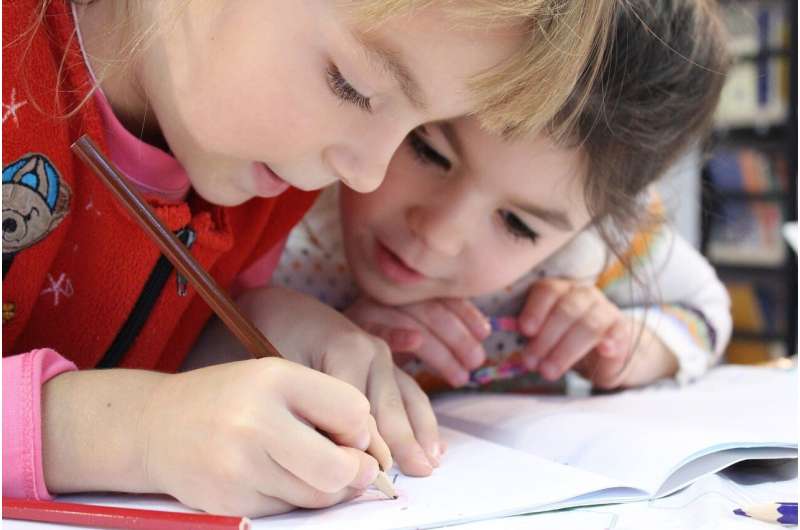Rethink COVID-19 infection control to keep primary schools open this winter, governments urged

An urgent rethink of infection control policies to keep COVID-19 infection at bay in schools is needed if primary schools are to be kept open this winter, and the knock-on effects on their families avoided, argue children's infectious disease specialists in a viewpoint, published online in the Archives of Disease in Childhood.
The blanket policy currently deployed for children of all ages is not evidence based and is too restrictive and inflexible, significantly disadvantaging primary school children and their families, they say.
The impact of missed schooling on children's physical and mental health and educational development during the first wave of the pandemic far outweighed the benefits of shutting schools in a bid to curb the spread of SARS-CoV-2, the virus responsible for COVID-19 they say. And keen to avoid further school closures during the second wave, governments across Europe have imposed various measures to limit the spread of infection.
These include guidance on the use of face coverings at school, the isolation of children with symptoms and members of their families, as well as isolation of close contacts of confirmed cases.
But, crucially, these recommendations don't seem to be based on evidence, because they vary considerably across Europe, with no distinctions made between primary and secondary school children despite the known differences in the risks of infection and spread in these two age groups, point out the authors.
And there's no provision to tighten or relax restrictions, according to prevailing infection rates. All this disadvantages primary school children, they insist.
That's because young children get between 4 and 8 respiratory infections every winter and the symptoms of a bad cold or other viral infection often overlap with those of COVID-19. And if it's difficult to get a test or takes a while to get a result, young children will inevitably miss significant quantities of schooling this winter, they point out.
And the recommendation in some countries for the entire family of a child with symptoms to isolate while awaiting their test results limits parents' ability to work and siblings' freedom to attend school.
A more pragmatic, evidence-based approach to primary schools, which recognizes the unintended consequences of excessively risk averse approaches is needed, write the authors. "The default position for primary schools should be the implementation of less restrictive infection control requirements," they say. This means:
- No compulsory face coverings for young children
- No requirement for entire bubbles to isolate following a single case at school
- No requirement for the entire family to isolate while awaiting the child's test results
- Schools prioritized for rapid spit tests for COVID-19 when these become available
- Flexibility to tighten or relax restrictions according to local infection rates
- Teachers prioritized over children for COVID-19 jab
- Lower testing threshold for children with symptoms and vulnerable close relatives
- Prioritization of these children for vaccination
"Implementation of evidence-based recommendations for primary school is a priority for all governments to avoid young children unnecessarily missing significant quantities of schooling this winter, along with a knock-on effect on their families," they conclude.
More information: Sanjay Patel et al, Urgent need to develop evidence-based COVID-19 recommendations for primary schools, Archives of Disease in Childhood (2020). DOI: 10.1136/archdischild-2020-321017




















